
Pokémon has had a rough transition to 3D. It started slow on the DS with Diamond and Pearl using simple 3D objects in mostly 2D environments mostly just buildings to give the world a bit more depth. Black and White upped the ante with a few fully three dimensional environments still explored from a fixed perspective. X and Y on the 3DS then took that framework, added in more dynamic camera angles, and replaced every sprite with full fat 3D models. After that big step, Sun and Moon made a simpler yet no less drastic change with no more grid you’re forced to move on. Then we come to Sword and Shield, which brought Game Freak kicking and screaming into the HD era… kinda. While the DS and 3DS games had some rough looking and performing moments, it was easier to forgive since it was a portable experience. Still, the core Pokémon formula in Sword and Shield won out in the end, making for a very flawed yet enjoyable game. The Wild Areas offered a glimpse into the possible future of the franchise: a fully open experience where you encounter Pokémon right on the field. This year introduced a split in that future: the more segmented Pokémon Legends Arceus and today’s topic, the fully open world Pokémon Scarlet and Violet.
David: Pokémon Violet
Scarlet and Violet place you in the Spain inspired Paldea region as a transfer student to the prestigious Uva Academy. Naturally, as the most special and skilled person in the universe, you receive a starter, meet your battle obsessed rival, and meet a mysterious Pokémon who will help you get around the world. It’s nothing we haven’t seen before, but the execution is new in some ways.After an introduction to battling, types, and catching Pokémon you’re let loose in an open area on the way to school. This is a small taste of what the rest of the game will be like, and it’s incredibly promising. It’s not quite as streamlined as Legends, you can’t just catch Pokémon without battling them first, but exploring and seeing these creatures in their natural habitat is still a great novelty.
Moving forward you’re introduced to the school and the three storylines: Victory Road, Star Street, and Path of Legends. The first will be familiar to any Pokémon fan as it sees you tackling the 8 gyms around the region to take on the elite four and become a champion. In the second, you take part in the mysterious Operation Starfall to take down Team Star, a group of students who have stopped going to school. Finally, the Path of Legends has you finding and defeating Titan Pokémon to get the Herba Mystica they guard and heal your legendary buddy. These stories have 5 to 8 key events you can tackle in any order, but since there’s no level scaling you’ll generally be going from south to north for all of these.
A lack of scaling is often a huge boon for open world games in my opinion. It’s fun to randomly come across a challenge that seems insurmountable at first, then coming back much later to find you can finally do it. Like the level 80 behemoths near the start of every Xenoblade game, getting your head handed to you sticks in your mind and essentially creates a player motivated “side quest” to come back and defeat it. Unfortunately in Scarlet and Violet these spikes aren’t the exception, they are the rule. One moment you’re having a great time exploring, and then suddenly all of the wild Pokémon are 10 levels above your team, making it feel a bit pointless to continue. This happens so frequently, I feel like this is the first Pokémon game I’ve had to grind in since Generation 5. It’s especially strange when the story events in these areas are the appropriate level for you, but you still can’t do them because all the wild creatures will destroy you.
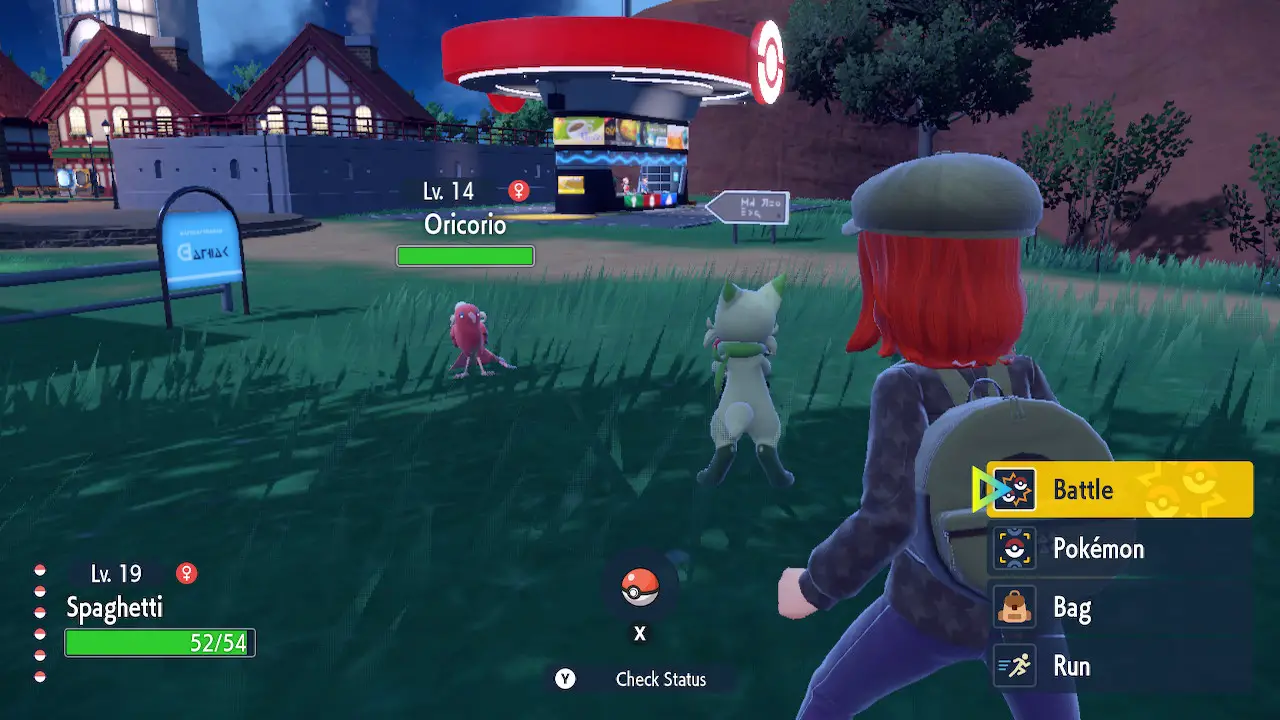
Outside of these sudden spikes, Scarlet and Violet are incredibly easy games. Pokémon is a children’s game of course, but I felt Legends struck a nice balance between ease of play and difficulty. Only the first gym and the final Team Star base gave me any difficulty whatsoever, and I had a lot of fun in these moments crafting a team to take on these specific challenges. Sure I had my mainstays like my starter, a Sprigatito I named Spaghetti, but I ended up training a few ‘Mons i otherwise wouldn’t have given a second glance, such as a Dachsbun named Pizza or my Pyroar, Flambe. (I like to go with themes each generation, Arceus’ was Japanese deities.) These moments of difficulty created an enjoyable friction, and it’s a shame they’re so rare.
Speaking of friction, while the open world can be incredibly enjoyable there are multiple things that make this a lesser Pokémon game and game in general. Most talked about are the performance and visuals. Scarlet and Violet introduce a new art style and while it can look nice in certain moments, I find it to largely be a downgrade. Characters look a bit more realistic and somehow more expressive, but it dips a toe into the uncanny valley for me. As for the environments, well, they’re just straight up ugly with super low quality textures and barren landscapes. There’s an inherent fun to Pokémon itself and open world games overall, but Paldea just feels so lifeless and empty. Outside of the central town and final area, I don’t remember a single location in the game after spending dozens of hours in the world. This certainly isn’t a copy/paste job by any means, but its design is haphazard and random.
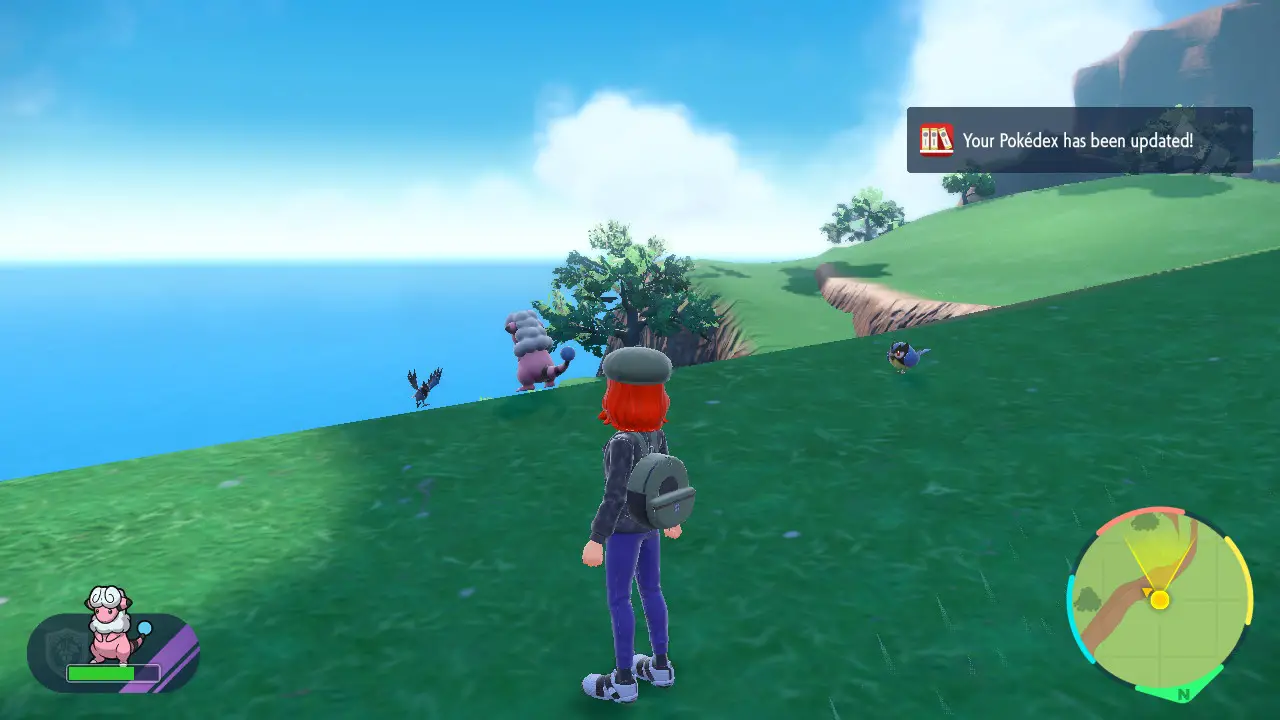
For a game that looks this bad, you’d at least hope it would run well but with how rushed development probably was we can’t have that either. It’s basically the same story as the visuals: it’s bad. The game may target 30 frames per second but you’re more likely to see about 24 like, Ocarina of Time back on the N64 or most movies and TV shows. Xenoblade Chronicles 3 came out just a few months ago and looks and runs a hundred times better, so Pokémon (the most profitable brand in the world) shouldn’t look or play like this. On the other hand, the new Pokémon designs are almost universally excellent, it just makes me wish they debuted in another game. Many have also experienced crashes, and while I haven’t I’ve seen plenty of glitches like the camera clipping into the ground, all lighting disappearing when opening a menu, and one of my Pokémon changed Tera type randomly. Tera types are the gimmick for this gen, and it’s about as interesting as any of the other gimmicks Game Freak is insistent on shoving in every game.
You can use your Tera Orb’s charge to activate a single Pokémon’s Tera type, which can be different from their main type. This gives them a boost in stats and a jewel-like sheen along with a hat to represent their new type. It’s not used particularly well in game, but it has some neat potential like, for example, changing a Dragon Type into Fairy to eliminate their weakness and catch your opponent off guard. That would only work with real opponents, however, as the AI is still dumb as a rock here, implementing exactly 0 strategy.
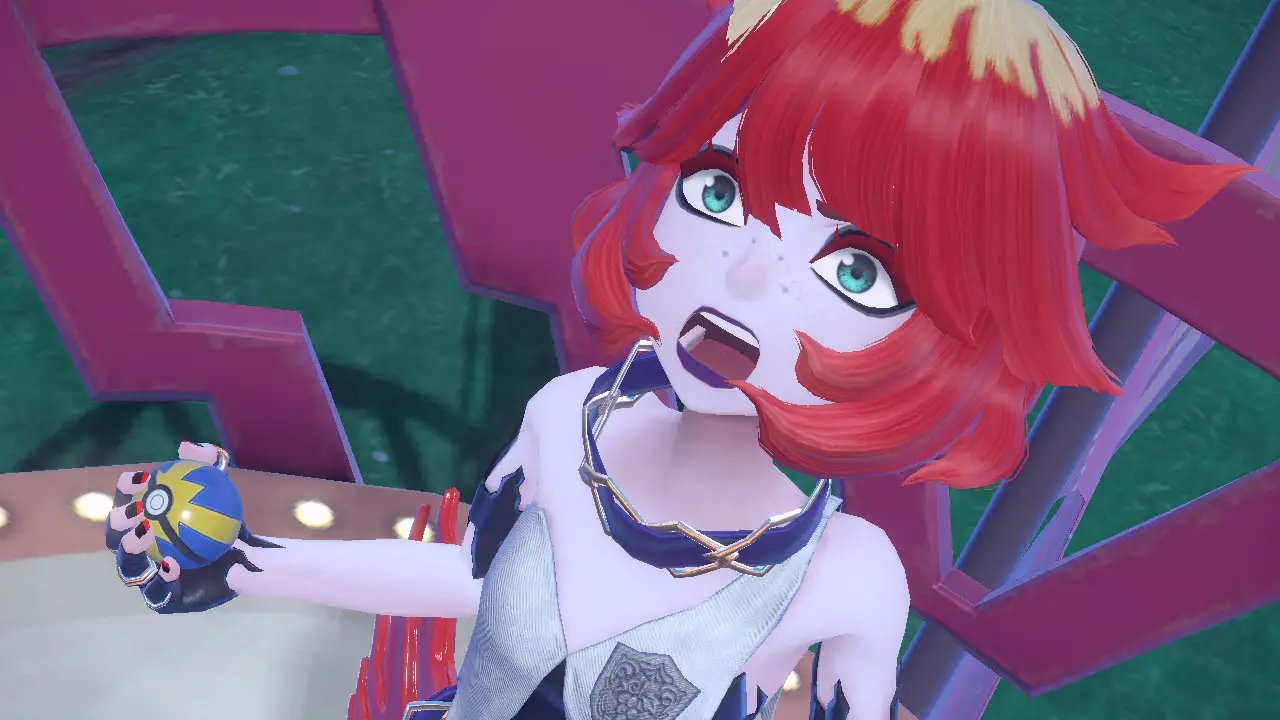
One thing Scarlet and Violet do exceptionally well is the new format for raids. Introduced in Sword and Shield, these see you and three friends enter a Terastralized Pokémon’s den to battle and catch them. These Pokémon usually have better stats or unique Tera types and can be pretty difficult, so you need to build a competent team of players who will all bring in good Pokémon. While the game is still turn based, these encounters use a sort of ATB system like in some Final Fantasy games. You no longer have to wait for everyone to choose their actions then watch as the turn unfolds, the game will now move on regardless of whether you choose a move or not. It makes raids much more enjoyable and streamlined, especially when playing online with others.
While you can usually trade and battle other players in most mainline Pokémon games, Scarlet and Violet are the first where you can actually explore the world with up to four trainers at once. It’s certainly far from perfect here, but simply existing in the same world as another player is a joy. You’re not restricted as to what you can do either, though you’ll undoubtedly come across caveats. I tested this extensively with our very own Pokémon Breeder Kay Purcell on their streams and came across some interesting findings. You can raid with your Union Circle group fairly easily, but for whatever reason dens that spawn are specific to each player, so if Kay tried to enter one of my dens it would tell her that I had to be the one to initiate the raid. Conversely, Pokémon that spawned in the world were usually one a pop; if I started battling a wild Pokémon Kay wouldn’t be able to enter an encounter with that exact same creature for example. Story events are also instanced sadly, so you can’t help a friend when assaulting one of Team Star’s bases.
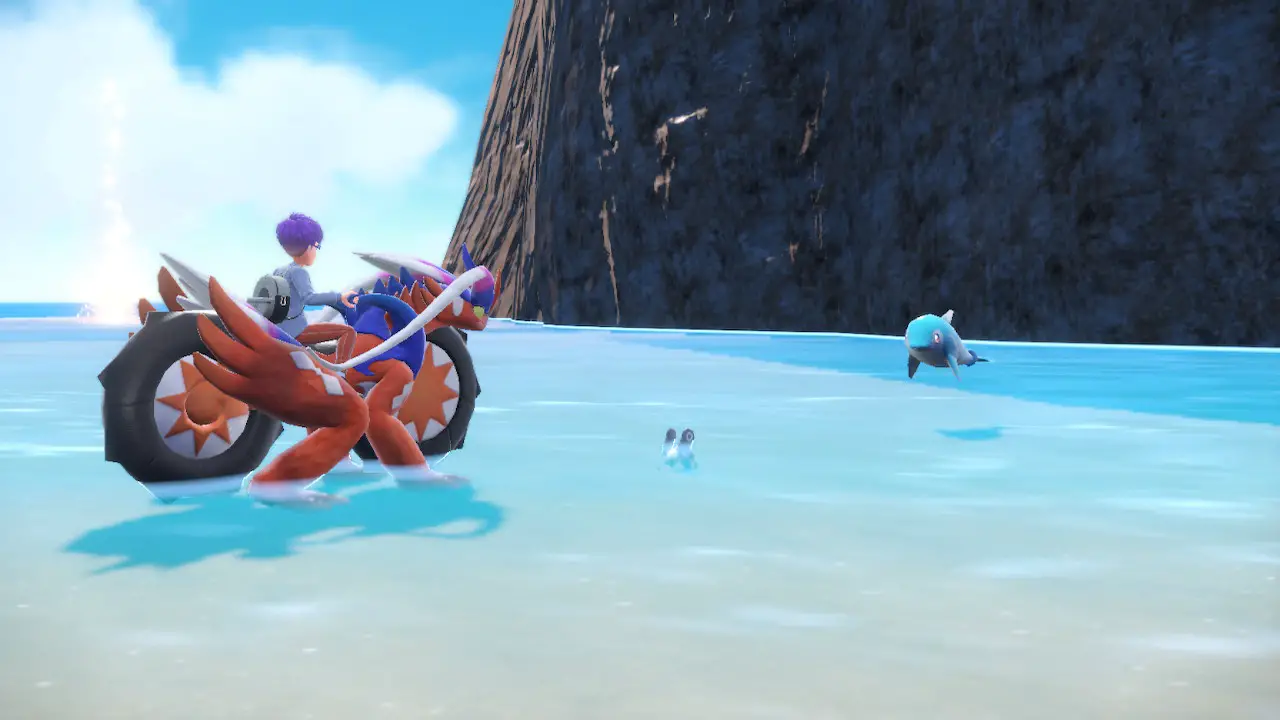
Speaking of, Team Star’s bases introduce a new mechanic: auto battles. You can send out your lead Pokémon by pressing R and they’ll battle any nearby wild Pokémon on their own, also picking up any items they come across. You get less experience from this than normal battles, initiated by throwing your lead Pokémon with ZR instead or simply touching a wild Pokémon, but it’s super useful when you want to grind or get certain material drops for crafting TMs at the TM Machine (yes it’s Technical Machine Machine, yes it makes sense in context). Sadly the AI and targeting for your Pokémon here isn’t great, so you may have to direct them more than once to do what you want.
Next let’s talk character customization. As usual for modern Pokémon, you choose your look (which is tied to pronouns unfortunately) at the start of the game. However, you have a lot more room to work with than just a single face, you can now adjust eye shape, hairstyle, eyebrows, and mouth right off the bat. It’s great to have so many options, and you even unlock a few new hairstyles later on. However, clothing has been severely limited thanks to the school setting. While you can customize your hat, shoes, and gloves however you want, you’re limited to a total of four school uniforms which are all ugly, doubly so with the orange pants in Scarlet. After Sword and Shield offered a massive amount of clothing, it’s incredibly annoying to be arbitrarily limited by this.

The school setting isn’t all bad, however. You can take classes at Uva which essentially serve as an extended tutorial, teaching you about both basic and advanced game mechanics and calculations behind the scenes. It’s completely optional too, though there are some good rewards if you pass the midterms and finals.
Jack: Pokémon Scarlet
A major advantage of writing about a game after it releases is that you get a clearer view of the situation after the dust settles. Scarlet and Violet kicked up a lot of dust upon their release. Within that cloud of dust, these games shone a light on the struggle between video games as a creative medium versus the realities of doubling as a product. Many interesting questions emerge as a result, so for my part of this review I’m discussing both my view on how critiques should handle unfinished games as well as how well I believe the games accomplished their goals as a whole.
Pokémon taps into its players’ imaginations on a conceptual level. From the pixel art of the original Game Boy games to the more fully realized 3D worlds of the modern games, Pokémon consistently engrosses players beyond just the literal game before them. This trait of the series at least partially explains why people have been willing to overlook its increasingly obvious shortcomings in its presentation of that world. Longtime fans already know what they love about Pokémon, while children new to the series lack the expectations of adults, making it easy for the simple designs and concepts to hook them regardless of the state they are presented in.
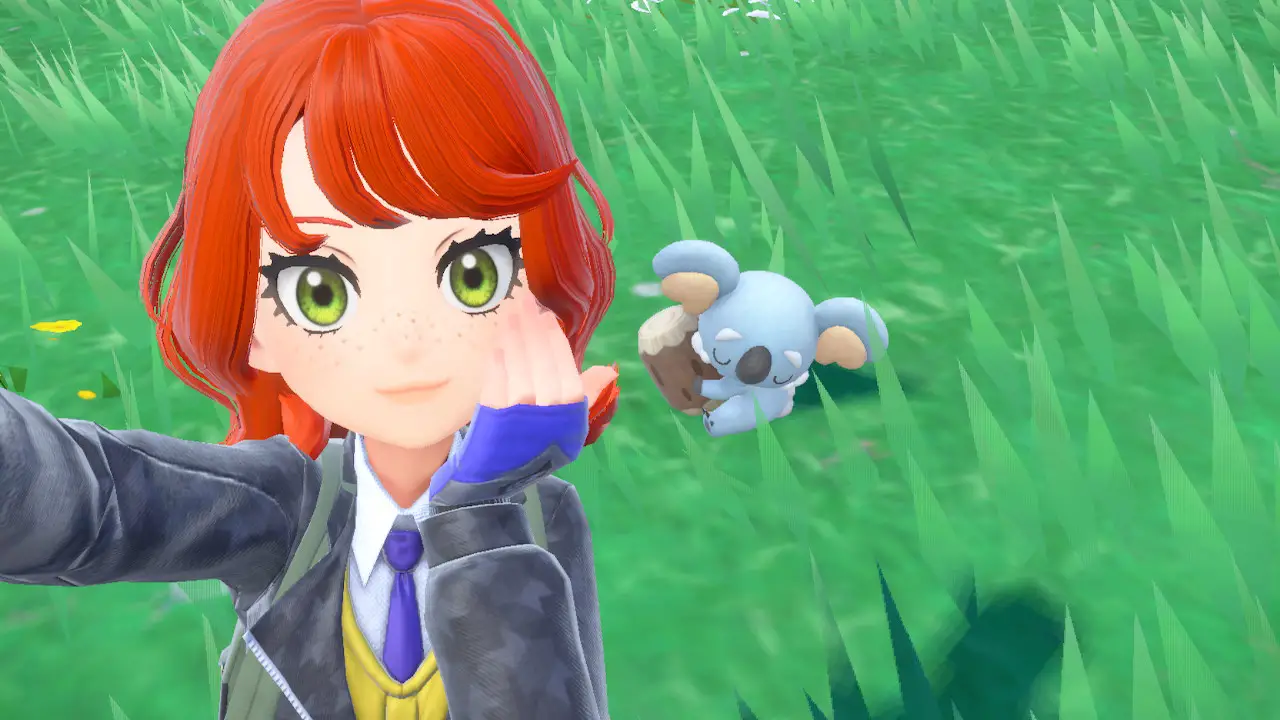
If you spend even a little time with Pokémon Scarlet or Violet, their surface level issues are obvious. The visuals lack detail, the game struggles to run, and even small things like animations and camera angles appear unfinished. These releases demonstrate what a game looks like before the developers have had sufficient time to “polish” it: fix the obvious bugs, optimize how the game runs, and add in the little details that bring the game fully to life. Scarlet and Violet were released in a blatantly unfinished state, and while Nintendo implies improvements are coming in the future, I find it unlikely that the games will be majorly different beasts by the time the patches are done.
This begs the question: how much does, or perhaps should, polish factor into how we view a game? The prevailing theory states that a game should be released when it’s “ready.” A nice thought, but reality tends to be more complicated than that in both a creative and business sense. Creatives rarely release work that they would be one hundred percent satisfied with. That’s the reality of creating art. Time, finances, and the resulting deadlines constantly pressure developers into releasing games before every issue can be addressed. That’s the reality of working in an industry where other people’s money is on the line.
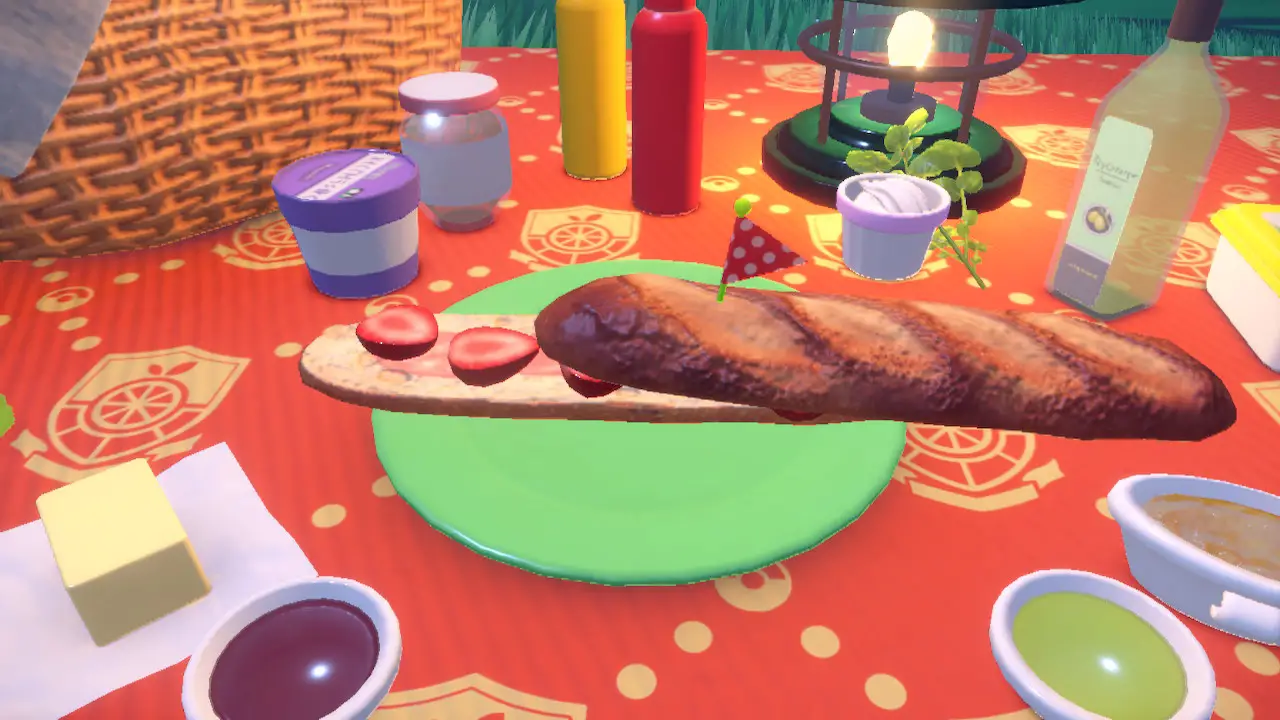
I don’t believe that this particular reality necessarily needs to be vilified. Deadlines focus projects and often require creative decisions that can change a game for the better. Sometimes games really do just need to be released, and the limitations imposed by deadlines play a key factor in shaping what a game becomes. People often romanticize “cut content” and things that could have been, but if every project lingered on until its developers were fully satisfied, the game industry as a whole would be far more stagnant and far less interesting games would exist. As the saying goes, art is never finished, only abandoned.
Obviously a big difference exists between some content being cut and the more technical issues that the new Pokémon games suffer from. My view on technical problems differs depending on the degree of issues, and most importantly, how they affect the game as a whole. In the case of Scarlet and Violet, I find these issues to be noticeable, annoying, unprofessional, and a poor reflection of a franchise that makes so much money. If I had to be honest, however, these issues also do not break the game or interfere with the experience it aims to deliver.
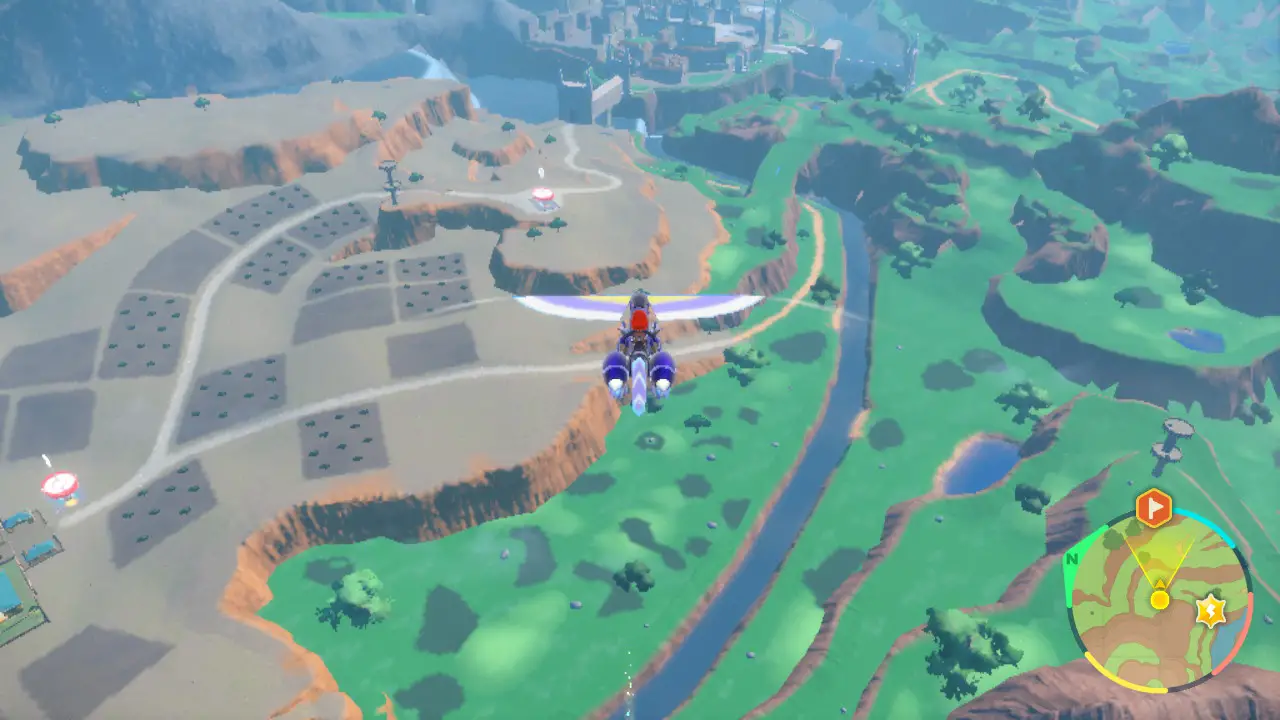
Here’s my perhaps controversial working thesis: more time to “polish” Pokémon Scarlet and Violet would not have resulted in dramatically different games from what we got. They would have the same strengths and most of the same weaknesses. If the developers patched up all of the technical problems, I suspect I would feel the exact same way about these games as I do now. With that in mind, let’s discuss what Pokémon Scarlet and Violet in fact are right now.
In this ninth generation of Pokémon, the series hops on the open world train. This sounds like a big shake-up, and in some ways it is. To dig deeper into the extent of this shake-up, though, I need to identify an issue that the past few games have brewed in the back of my mind.
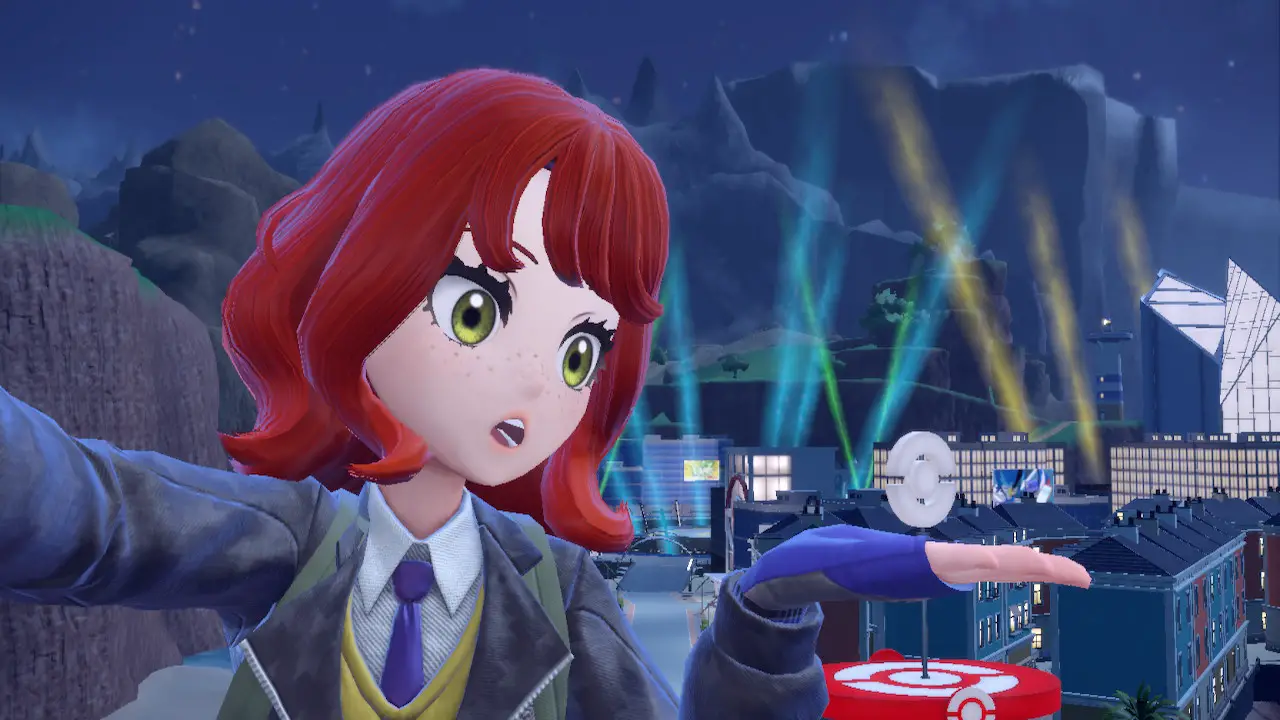
Pokémon games lost their sense of adventure somewhere along the way. While these games have always been beginner-friendly, they used to trust the player a lot more than they do now. This sensation hit me the hardest in the seventh generation of Pokémon games, Sun and Moon. Those games structured themselves less like an adventure and more like a vacation. Everyone treated you like a tourist by constantly showering you with praise, giving you free stuff, and telling you exactly where to go. Even if you chose to disobey, you’d find most paths were blocked off and you actually had no choice but to walk from cutscene to cutscene in a series of patronizing diversions until the story concluded.
Decisions like these suffocate both the adventure and the fun out of Pokémon. We live in an era of game design that prioritizes convenience – a lot of great ideas have been implemented into games as a result, but making a game too convenient harms the overall experience. Adventure is inherently inconvenient. When you set out on an adventure, there needs to be challenges to overcome. That kind of tension separates an adventure from a vacation. Games work in a similar way; if there’s nothing to overcome, there’s arguably no game at all.

Prior Pokémon games addressed inconvenience in a variety of ways: the way to the next town wasn’t always clear, Pokémon randomly assaulted you, you could get lost on a route or in a cave, you might need a certain Pokémon or move to successfully traverse an environment. Yes, these things may annoy you in the moment, and I’m not saying that all of these methods are perfect, but they do all work towards a greater goal of conveying that you are in fact on an adventure. These inconveniences sell you on the danger of the world, it makes areas memorable and gives Pokémon a tangible presence outside the battles.
Concerningly, many people interpreted Sun and Moon’s issues as symptoms of being linear. After two mainline games of a similar approach, an open world game should seemingly be the perfect cure for this persisting ailment on the series. Linearity wasn’t the problem, though, how that linearity was executed was. That being the case, the open world of Scarlet and Violet more or less side steps the problem rather than solves it. Instead of being a straight improvement, the open world brings in an entirely different set of strengths and weaknesses, with the weaknesses in particular being more reminiscent of recent games than I’d like.
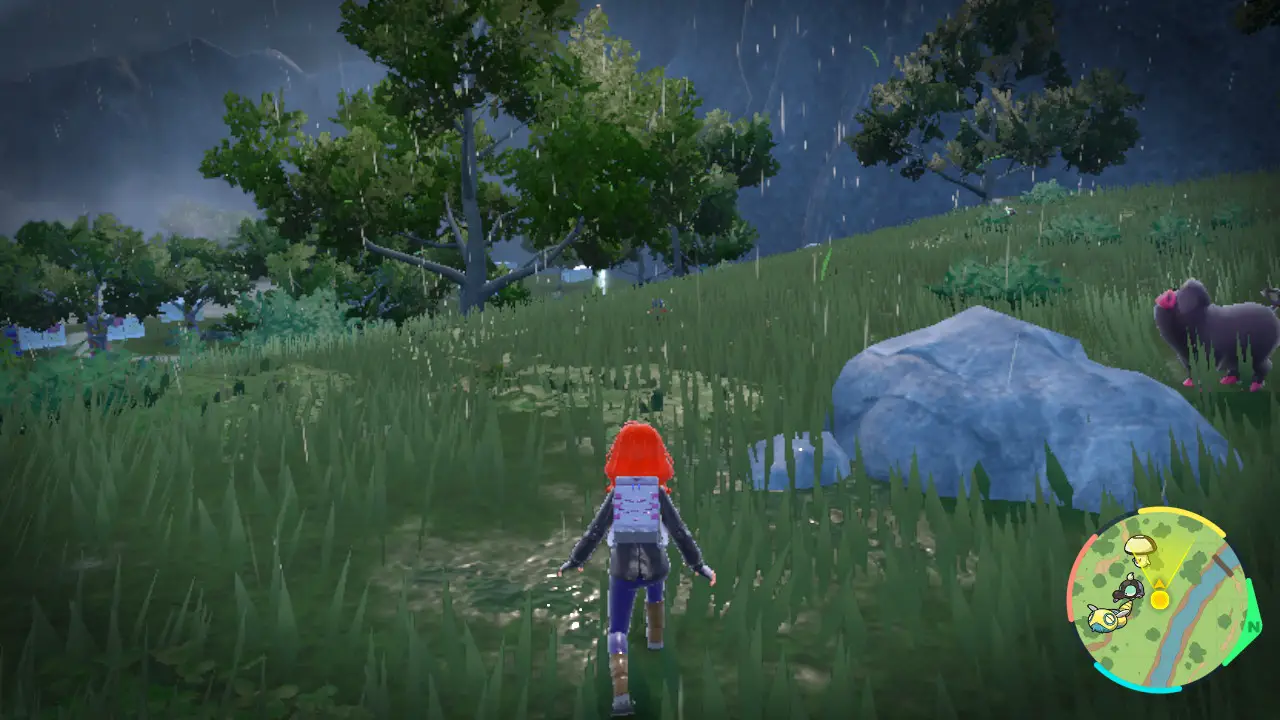
Much like Legends: Arceus earlier this year, the greatest advantage of the more open structure in these games comes from its portrayal of catching Pokémon. Both these games and Legends: Arceus channel the phone game Pokémon Go in the sense that the Pokémon wander around aimlessly, ripe for the picking. Unlike Arceus, Scarlet and Violet hesitate to go all in on the fast-paced catching style of Go, which is understandable given how greatly it alters the core of the game. As a game mechanic, the new approach to catching Pokémon remains as fun as it was in Legends: Arceus, with the more traditional take on the catching process itself offering a welcome twist to differentiate these games from their predecessor.
I similarly enjoy the way the story structures itself around the open world. By splitting the story into three questlines that can be handled in open-ended chunks, it adds a degree of freedom that Pokémon has avoided for years. Ultimately, the lack of level scaling around the world still encourages you to handle most of the activities in relatively the same order, so I suppose it’s questionable how much choice it really adds. Sometimes the impression a decision leaves matters more than the impact of the choice.
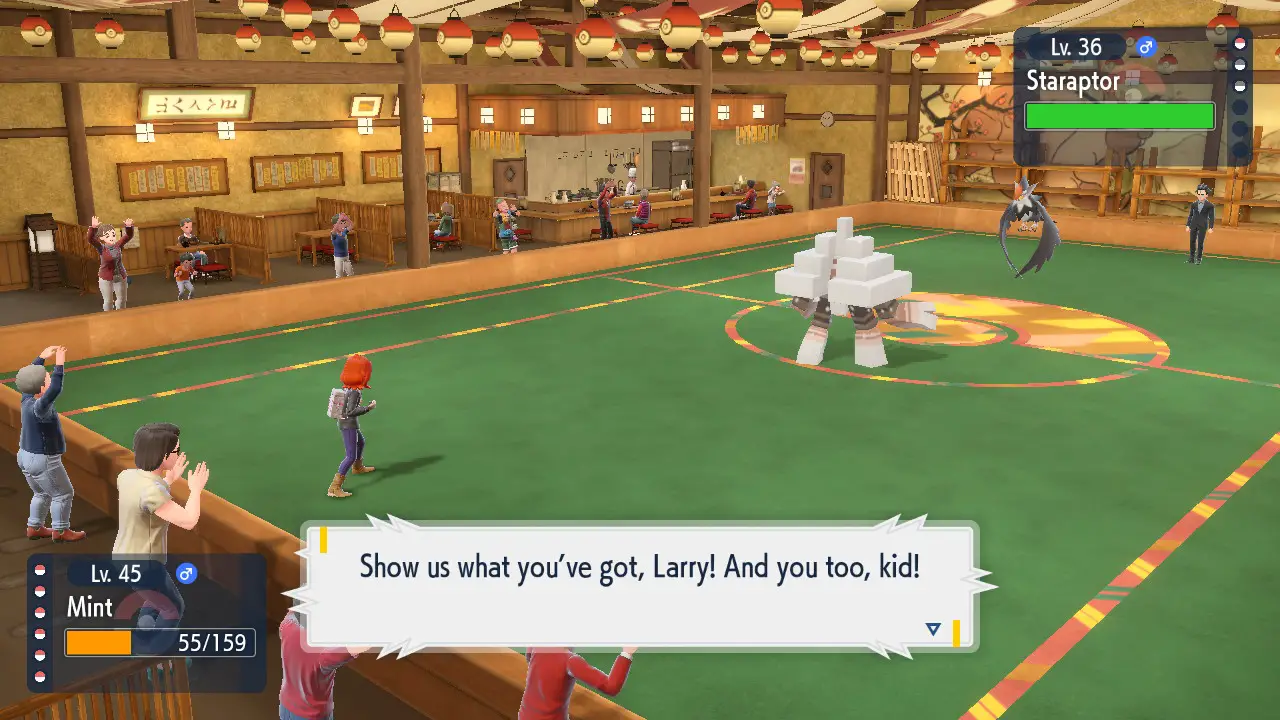
You can choose to struggle against the odds, which I initially attempted to do. In my approach, I conquered the left-hand side of the map in a rotating sweep. This conquest was stopped by a Titan Pokémon who clearly outleveled my team to the point that I was unable to even get a move in before getting knocked out. Clearly, I wasn’t ready, and the only realistic option at that point was to grind. Rather than do that, I decided to start a new journey on the right side of the map, which revealed one of the weaknesses of the open-ended design; this time I was way too strong. One by one, I annihilated each gym leader and story beat with Pokémon far too powerful for it to be interesting.
The lack of level scaling results in a game with a strange balance curve: it grows in difficulty for the first half before becoming a breeze in the second half, only to ramp back up again for the final stretch of challenges. I suppose you could convolute your journey by starting over with a new team or hopping back and forth between different sides of the map, but realistically, I doubt most will bother. Self-balance approaches like that are not intuitive or particularly compelling, especially on an initial playthrough.
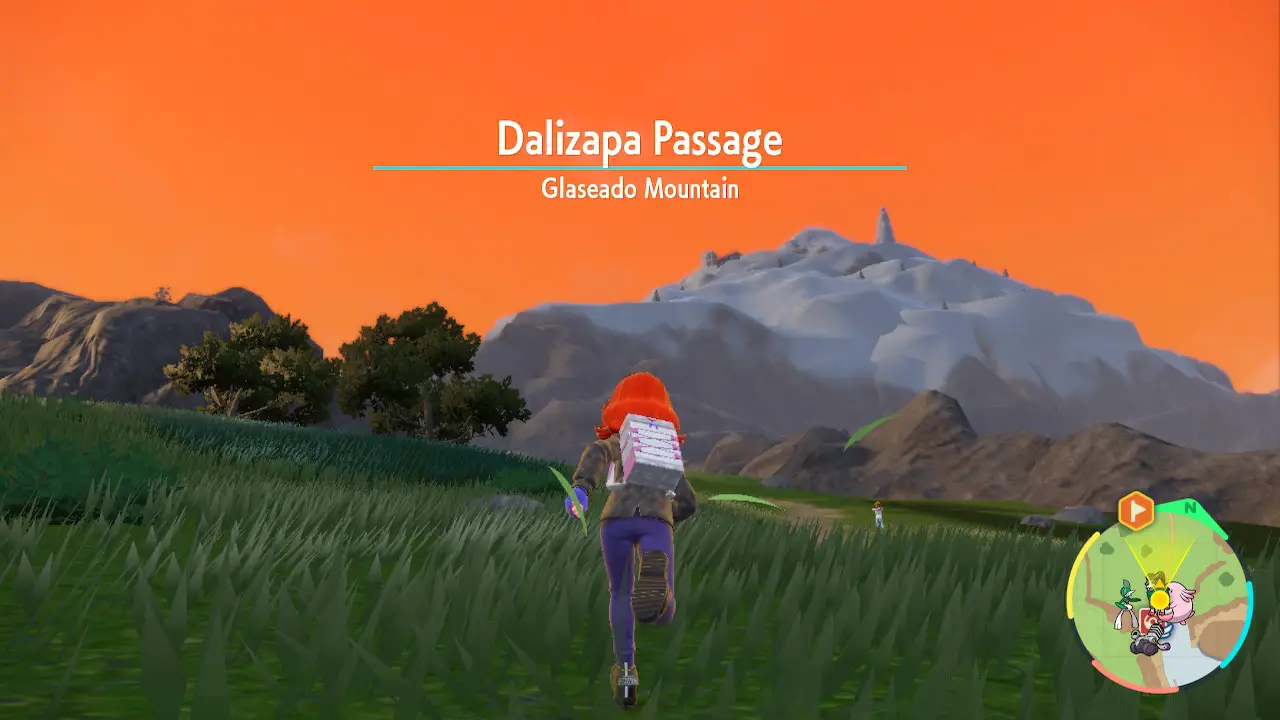
Yet the structure of the game remained fun anyway. It may be a little misleading by presenting your pursuit of the game’s three storylines as a choice, as you need to complete them all to see the ending, but you can at least control the pacing of these stories. The activities are generally grouped together in a common level range, meaning you can decide which one to complete first in any given section of the game. You never feel like you’re stuck on a conveyor belt of plot developments like in other recent games.
The stories themselves tend to be endearing if oddly written. I failed to extract any coherent message from the Team Star storyline, which felt more like a jumble of plot twists than a complete narrative, but I liked the characters anyway. I guess that’s a success! There were a few key battles where I felt genuinely invested in the moment, which is something I hadn’t felt in a Pokémon game for quite a while. The story generally works, even when it resembles the state the game as a whole was released in.
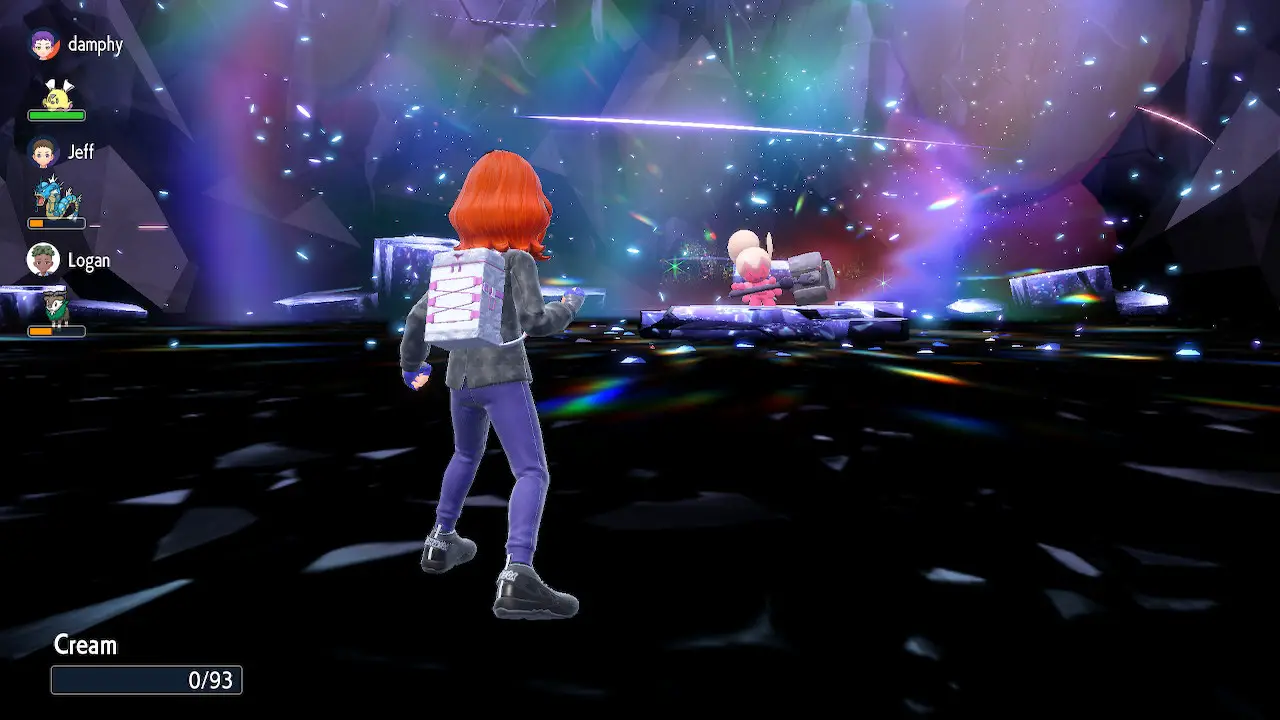
Although I never felt like I was on a conveyor belt while traversing the game, a lack of eventfulness sets in over time. A late-game activity requires you to identify a town where you had your most difficult gym battle. I couldn’t do it. I had no idea what town any of the town names were supposed to correspond to, let alone the gym leader I had fought there. It dawned on me in that moment just how little of the world actually made an impression on me. I didn’t remember any specific towns, dungeons, or even routes. Upon reflection, all it felt like I had really done was move from area to area catching Pokémon in between progressing the story beats. The “open world” functioned more like a Pokémon and plot dispenser than an actual world.
That brings us back to that sense of adventure I was talking about. These games clearly aim to be an adventure and rely on their open-ended structure to sell that goal. Scarlet and Violet thankfully refrain from holding you hostage for long periods of time (past the first hour or so of the game, anyway), but I can’t honestly say that I felt like I was on an adventure, either. By transforming Pokémon into an open world experience, Scarlet and Violet trade away a lot of what makes video game worlds feel real.
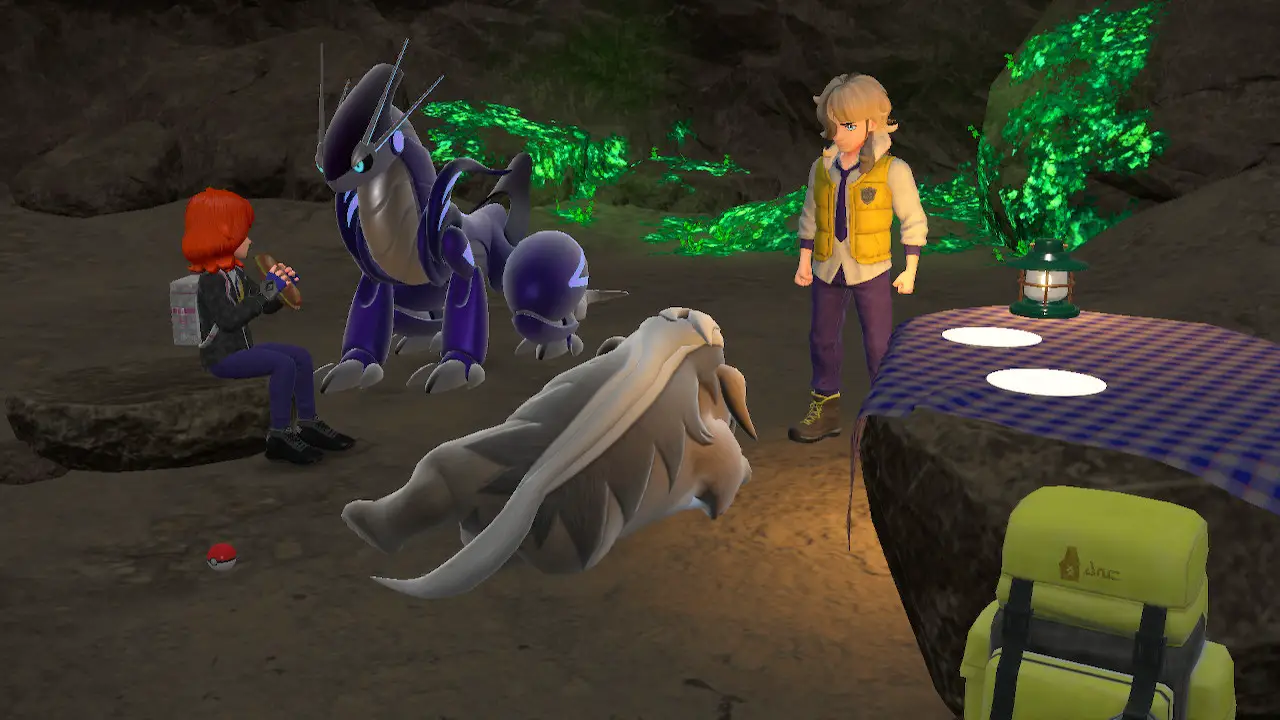
Part of that sensation comes from the environments themselves. Most of the routes and areas lack distinct characteristics or landmarks. Most towns have nothing in them except for shops. You can’t actually talk to many of the NPCs, just their nearby Pokémon, which will often trap you in a shockingly long series of animations by accident, deterring you from even attempting discourse. The region of Paldea almost discourages you from wanting to invest in it.
This is a shame, because there are many signs that the developers wanted to craft an interesting world. A giant school serves as a central hub to this region, a beating heart that ties the whole game together, and it marks an earnest attempt at bringing its world to life. The game wisely sets you off on a journey outside the school early on, leaving the actual attendance of it at your discretion. If you pursue your degree in Pokélore, however, you’ll find a lot of interesting information about the region and its characters. The details that breathe life into the world exist, they just aren’t readily apparent from actually exploring it.
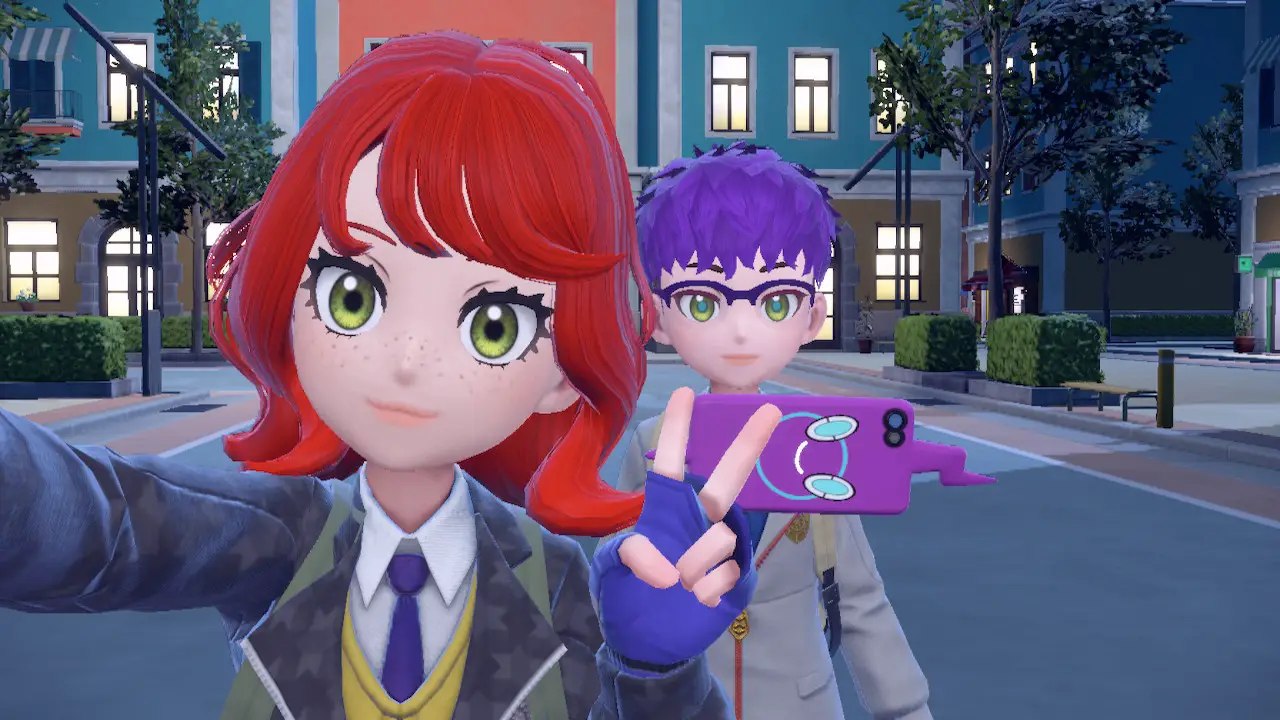
More fatally to adventure, this game simply makes things way too convenient. You primarily cruise around the game on a giant lizard. Although you gradually unlock upgrades that make navigating through areas easier, the truth is that it’s already pretty easy to get where you want to go. Few places are genuinely locked behind abilities, and even without them, you have plenty of progress to make in other directions.
The environment never inconveniences you. You move through generally flat and uneventful surfaces with little thought or precision required. As you move from area to area, the biggest difference happens to be the color of the ground rather than any change in the terrain. No puzzles hinder you and you have an overwhelming amount of safeguards to prevent you from getting lost. Only one section of the game dares to take away your convenient lizardcycle – it’s probably the best section of the game – but even it falls short of genuinely challenging the player.
Perhaps the most notable obstacle the game throws at you are wild Pokémon that outlevel you. However, this scenario only inconveniences you as much as you let it. Since the Pokémon are all clearly visible on the map, you can easily avoid them. The game will almost always allow you to run without taking significant casualties. If your team does take major damage, nothing stops you from flying straight to a Pokémon Center. There are no real consequences here. Anything that poses a threat can be easily escaped. Well, it’s kind of annoying when you accidentally bump into a tiny Pokémon you didn’t see – it would just be a stretch to say that it rises to the level of a genuine obstacle.
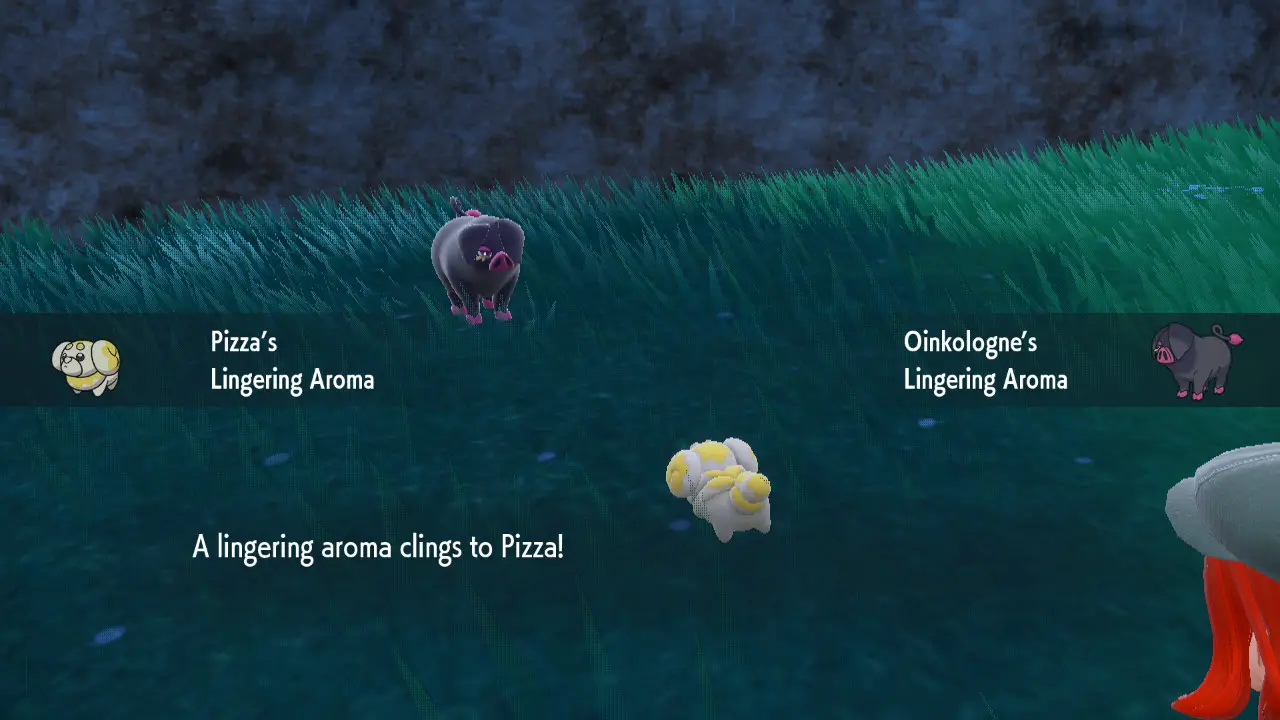
Scarlet and Violet avoid a lot of the trappings of their predecessors. Unfortunately, their sense of adventure still suffers from similar ailments. I had fun with my journey in Paldea, it just felt more reminiscent of my prior journeys on relatively straight lines than I would have liked. Scarlet and Violet offer a lot of what Pokémon does best – fun designs, addictive catching, and a tried-and-true battle system – they just don’t rise to the level of a truly memorable adventure.
Pokémon Scarlet
All Right
Pokémon Scarlet and Violet try to take the franchise in a new direction, but can feel empty and hollow as a result. The open world has bright spots, especially multiplayer, however a lack of care in its design leads to a game that’s haphazard and lifeless.
Pros
- Raids are a ton of fun
- Great Pokémon designs
- Freeform structure
- Open world multiplayer
Cons
- Terrible visuals and performance
- Open world feels empty
- No sense of adventure
- New features feel superfluous

